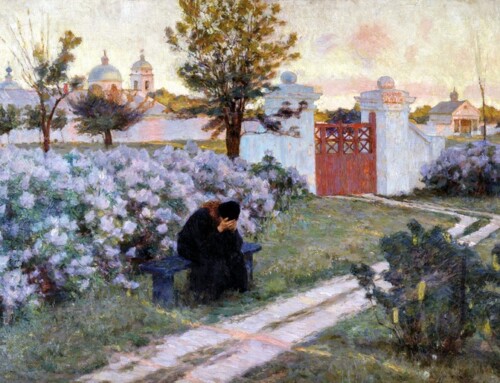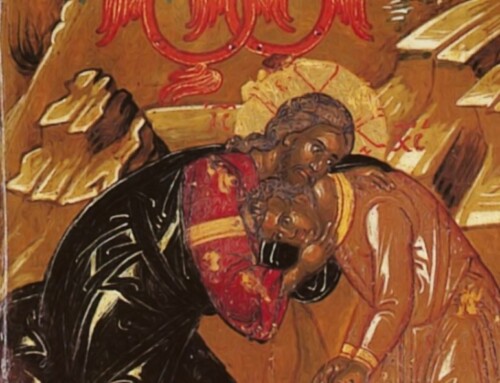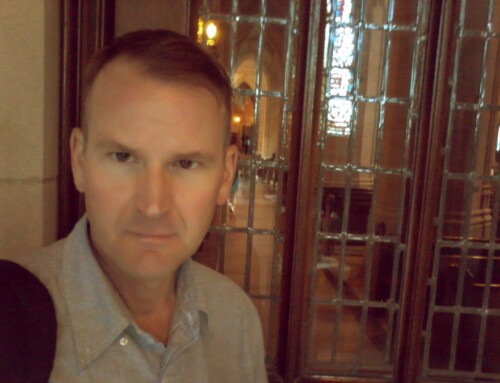At the beginning of the AIDS crisis, the mortality rate neared 100%; by 1994, AIDS had become the leading cause of death in the US among adults 25-44 years of age. In 1996, the year after the first protease inhibitor (PI) was introduced; AIDS deaths began to decrease dramatically: in 1997, the number of HIV/AIDS deaths fell by nearly 50%, followed by a further 20% reduction in 1998. By 1999, however, the decline had leveled off. According to the Centers for Disease Control and Prevention (CDC), HIV/AIDS deaths fell from more than 51,000 in 1995 to about 16,000 in 2002. In the earliest years of the disease, from the time of an HIV diagnosis to death, people could expect to live about one year; this rose to about 13 years in the late-1990s period. Over 30 years later, death from AIDS is now usually associated with other sexually transmitted diseases such as Hep C and B, HPV and associated cancers, and liver toxicity due to anti-viral drugs. Yet, the longevity and quality of life enjoyed by many of those infected, has bred a sort of complacency – most notably in the gay community: in 2010, young gay and bisexual men (aged 13-24 years) accounted for 72% of new HIV infections among all persons aged 13 to 24, and 30% of new infections among all gay and bisexual men. At the end of 2010, an estimated 489,121 (56%) persons living with an HIV diagnosis in the United States were gay and bisexual men, or gay and bisexual men who also inject drugs. To combat the continuing epidemic among homosexual males, the CDC recently recommended that certain sexually active gay men take the drug Truvada (PrEP,) a daily antiviral treatment that can prevent HIV. Yet, drug-resistant strains of HIV have emerged when people with acute, undetected infection were given PrEP. This means they were positive when they started the medicine, but levels of the virus in their blood were hardly detectable because their infections were so new. They hadn’t made enough antibodies to show up in a test and so they were prescribed the drug anyway. Worse of all: the CDC estimates that as many as two-thirds of people living with HIV in the U.S. do not know they are infected. Therefore, the science that has temporarily saved the gay community, will, eventually, become it undoing.





